Customer retention: what is it, why does it matter + 10 strategies
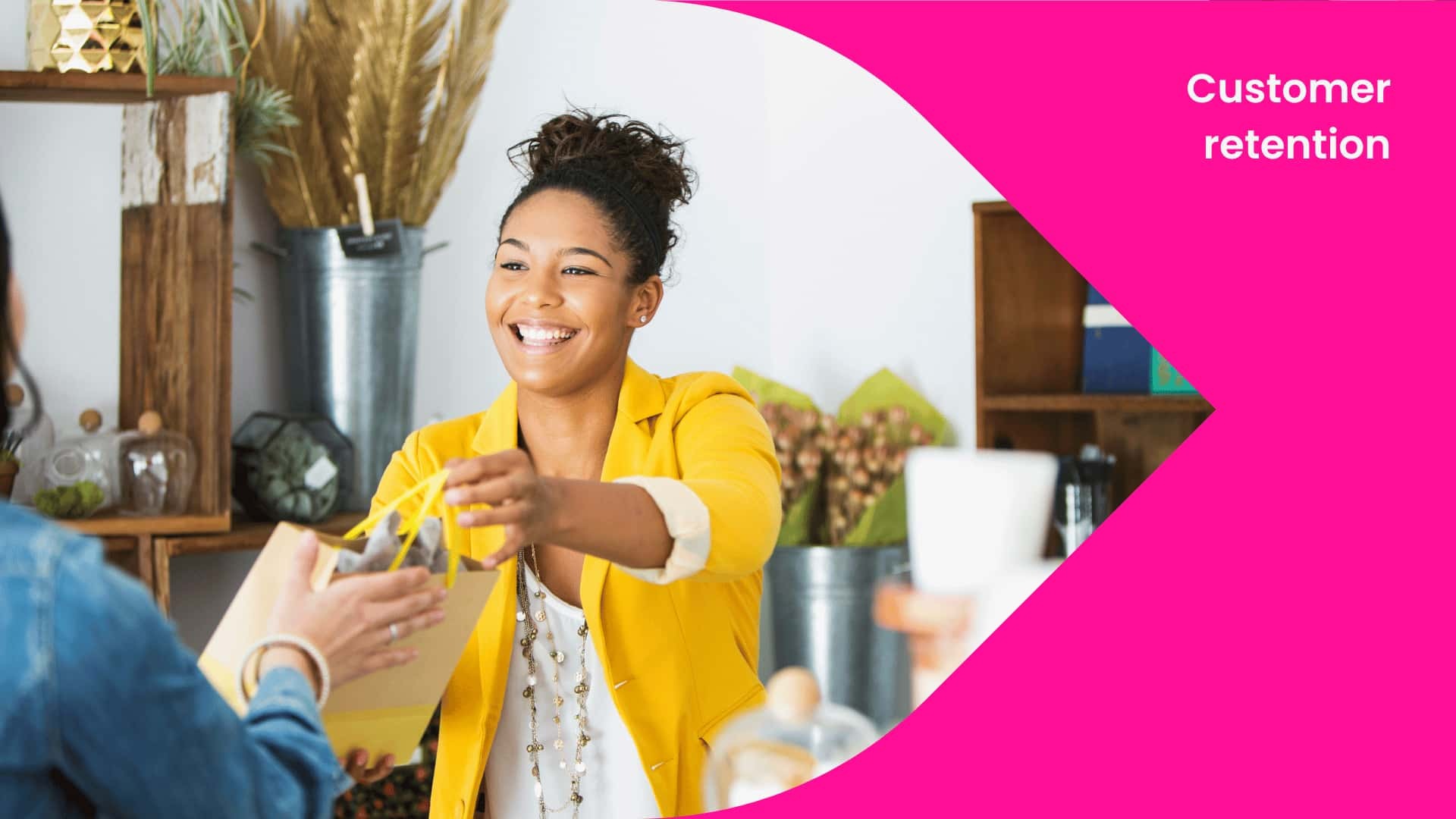
One of the most important areas of any B2B or B2C business is making sure your customer’s keep coming back. The art of customer retention is something that almost all businesses work on improving, because how loyal your existing customer’s are provides a key metric for success.
In this article we will break down what you need to know about customer retention, why it’s so important and several key strategies you can use to keep your customers coming back time and time again.
What is customer retention?
Customer retention is the measurement of how long a customer will stay with a business for any given time. Most B2B and B2C companies use customer retention as a metric to gauge the success of their business. While earning new customers is important and valuable, keeping existing customers loyal, happy and returning is a core KPI. Various tactics can be employed to improve customers’ experience with your brand and therefore boost the customer retention rate.
Why is customer retention so important?
Customer retention is a vital metric for many businesses — and is important for increasing sales and tracking how well the business is doing. In fact, just a 5% increase in customer retention can boost profits enormously. Here are some more reasons why customer retention is so valuable to businesses.
Loyal customers tend to cost a business less in the long run
Sales and marketing costs tend to greatly outweigh costs related to customer service and ongoing customer satisfaction. As a result, a larger volume of returning customers will have a bigger impact on profits and the bottom line.
Existing customer’s spend more
On average returning customers tend to spend up to 30% more than new customers on new products. You will also have an easier time cross-selling or upgrading to existing customers because they will already trust your brand and what you’re about.
Increases word-of-mouth recommendations
Word-of-mouth is one of the best and most reliable forms of marketing. People tend to trust their friends, family, hairdressers, etc when they recommend a business, which will attract new customers.
Long-term customers are a vital KPI
Being able to measure your churn rate (alongside with other factors) is an important indicator of how well a company is doing. A high churn rate tends to indicate that a business is losing a significant amount of customers, and is a sign for businesses to investigate why. On the other hand a low churn rate is an indicator of high customer retention.
How do you measure customer retention?
There are several ways businesses can track or measure their customer retention rate.
Churn rate
As previously mentioned, the churn rate refers to the percentage of customers who stop doing business with a company. It’s not a good sign if you have a high churn rate because it indicates a possible issue with your product, customer service or shipping.
Repeat purchase rate
This refers to the percentage of customers who make a repeat purchase after their first initial purchase. A high repeat purchase rate is a sign of good customer retention because they keep returning.
Customer lifetime value (CLV)
From the first purchase onwards, the CLV refers to the total amount of money a customer is likely to spend on a company's products or services over the course of their relationship. The higher the CLV, the more valuable the customer is to the company. A customer’s lifetime value can be calculated using the average customer lifespan and average purchase value.
Net Promoter Score (NPS)
A net promoter score is basically a way to measure word-of-mouth — namely how likely customers are to recommend your business to others. To estimate an NPS, brands will usually send out a survey asking customers to rate the likelihood of recommending them on a scale of 0 to 10. From here an average NPS can be calculated. However, it isn’t as more an “ideal” measurement rather than a facts-based assessment of customer retention.
Engagement rate
The engagement rate is the percentage of customers who interact with a company's products, services or marketing materials. Whether through social media interactions or website visits, a high engagement rate means your customers are sticking around. It’s a good indicator of a good retention rate.
Referral rate
The number of new customers who find you through existing customers is known as the referral rate. This can also be discovered through a survey or questionnaire. A high referral rate is a good indication of customer retention because it demonstrates that your customers are happy enough with your product or service to want to recommend it.
How do you calculate customer retention?
While there are many ways to measure customer retention rate, you can find out an average percentage using the following formula:
CRR = ((E-N)/S) x 100
The customer retention rate (CRR) can be discovered by working out how many customers you have at the start (S), at the end (E) and those customers acquired during the period you're measuring (N); this could be a month, quarter, six months or all time. You then times that number by 100 to get your CRR.
Here is an example:
At the start of the month you had 413 customers. Over the course of the month you lost 140 but gained 52. This would be your calculation:
(273-52)/413) x 100 = 53%
Businesses should aim for as high of a retention rate as possible, so this example indicates that the customer retention rate needs improvement. Most businesses should try to aim for around 85%.
10 strategies to improve customer retention
Now that we have calculated our customer retention rate, it’s time to improve it. There are several strategies businesses employ to do this, these include:
Providing outstanding customer service
Good customer service will do wonders for your brand, reputation and of course customer retention. Good customer service includes responding to customer inquiries in good time, addressing their concerns, solving any problems they might have and going above and beyond to exceed expectations.
Employ customer retention software
There is a lot of software out there that will help you get a better idea of your customer’s purchasing behaviour. Customer retention software includes tools that help you measure, track and improve customer retention. These tools include:
- Automated personalised messaging platforms that send push notifications, emails, chatbots and text messages to entice customer’s back (WhatsApp Business, Mailchimp)
- Applications that help you manage email, customer support and feedback all in one place (Hubspot)
- Loyalty programmes that incentivise returning customers (Xoxoday Plum, LoyaltyLion)
- Software that monitors analytics and data such as website visits, bounce rate, hotspots and purchase history to provide accurate feedback and customer experience insights (Hotjar)
- CRM (customer relationship management) tools that manage multiple touchpoints (SalesForce, Zendesk)
Offer loyalty programmes or incentives
Improve your customer retention by offering return customers rewards such as discounts, freebies or other special offers. Incentives provide people with a reason to return to your product or service and continue to support your business.
Personalise the customer experience
Leverage customer feedback and data to tailor your communication, customer service and marketing to your customer's unique needs and preferences. This helps them feel appreciated and cared for, which means they are likely to return or recommend your product or service.
Improve the quality of your product and service
While good marketing and customer service is important, being able to continuously improve your offering to ensure that it meets or even exceeds customer expectations is valuable to customer retention. Stay ahead of the competition by introducing new products, services, or features that meet your customers evolving needs.
Build your brand
Brand building helps your customers get to know you and what you’re about. Connecting with your intended audience through marketing, promotions or brand awareness will boost customer retention enormously. Building your brand is more than just making your customer aware of your products or service, but it’s about authenticity, transparency and honest business practices. The goal is to maintain a positive reputation in the eyes of your customers.
Regularly touch base with your customers
Keep your customers engaged by sending out newsletter, emails, promotional material, social media updates and other reminders.
Use social media
Speaking of social media, keeping several relevant active platforms will foster brand awareness and therefore improve customer retention. Run Instagram-only promotions, leverage TikTok trends and sounds, offer free workshops on LinkedIn, respond to comments and DMs — use these channels to build closer relationships with your customers.
Regularly gather feedback
Use regular surveys to gather customer feedback on their experience with your brand. This feedback can be used to make improvements, address any pressing issues or simply to gather data on your customer’s habits and behaviours.
Build a community
Community, like brand building, brings your customers closer together and improves your businesses reputation. Offer forums, workshops, events or attend trade shows. Providing your customers with an opportunity to connect with you face-to-face — and meet others who are equally curious and passionate about your product or service — creates a positive and memorable impression of your brand.
3 examples of great customer retention
Uber
.jpg?width=4651&height=3101&name=Uber%20driver%20(Unsplash).jpg)
Ride hailing app Uber have optimised their customer retention strategy by taking the unusual step of trying to maintain driver loyalty over customer loyalty. However by doing so, Uber was able to improve upon the customer experience, and therefore boost retention to continue its expansion into the UK.
To do this they introduced a new loyalty programme called Momentum which incentivised drivers to complete 250 trips to earn perks such as free MOTs, a 35% discount on servicing bills and deals on hot drinks from Coffee Republic. Uber wanted to offer drivers up to £900 worth of benefits every year by partnering with brands in the lifestyle and automotive industry.
Dominos
.jpg?width=4975&height=3317&name=Dominos%20pizza%20(Unsplash).jpg)
In 2015 Dominos pizza launched a loyalty programme in 2015 that focused on driving purchase frequency. To do this they implemented a rewards scheme which awarded orders over $10 10 rewards points. Once you received 60 points (so six $10+ orders), you would be entitled to a free medium-sized pizza.
Dominos has also implemented a lot of tech to connect with customers, including voice-based solutions, loyalty programmes and even self-driving delivery vehicles to “meet customers where they are and where they’re comfortable.”
Spotify
.jpg?width=6000&height=4000&name=Spotify%20interface%20(Unsplash).jpg)
Music listening platform Spotify is a great example of how to use listener analytics to create a personalised and curated experience. Spotify’s goal in employing predictive analytics throughout its app is to keep users listening as much as possible, and always being able to suggest something new. They do this through specially curated Daily playlists, “Discover Weekly” and of course their famous annual Spotify Wrapped, their viral marketing campaign that uses listening data to create a compilation of users activity on the platform.
Emily Browne is a writer for ShippyPro who blends her passion for writing with an interest in all things e-commerce. Emily strives to make complex topics more digestible, proving that the world of logistics isn't as confusing as it sometimes feels! Her expertise in supply chain management, coupled with a knack for storytelling, helps readers navigate the complex world of e-commerce and shipping.

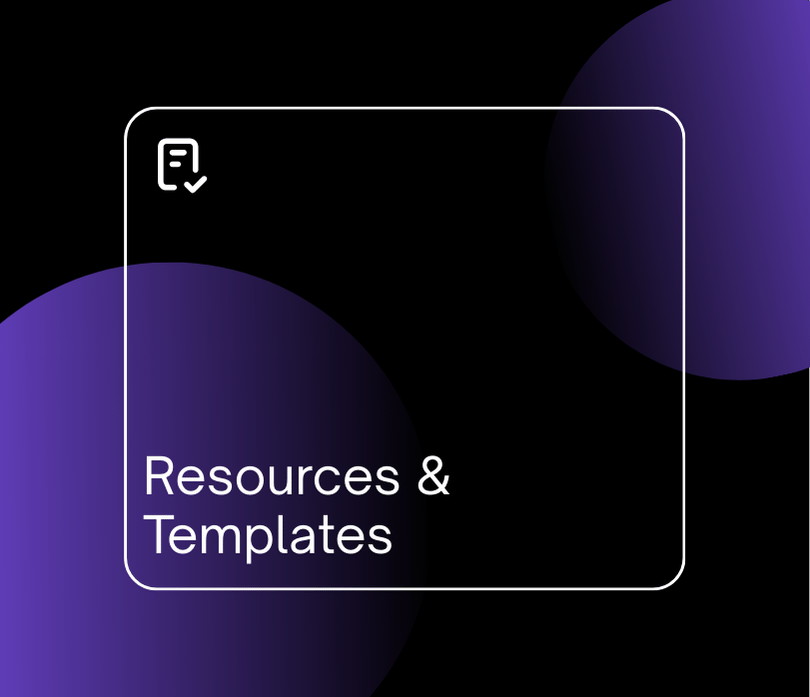

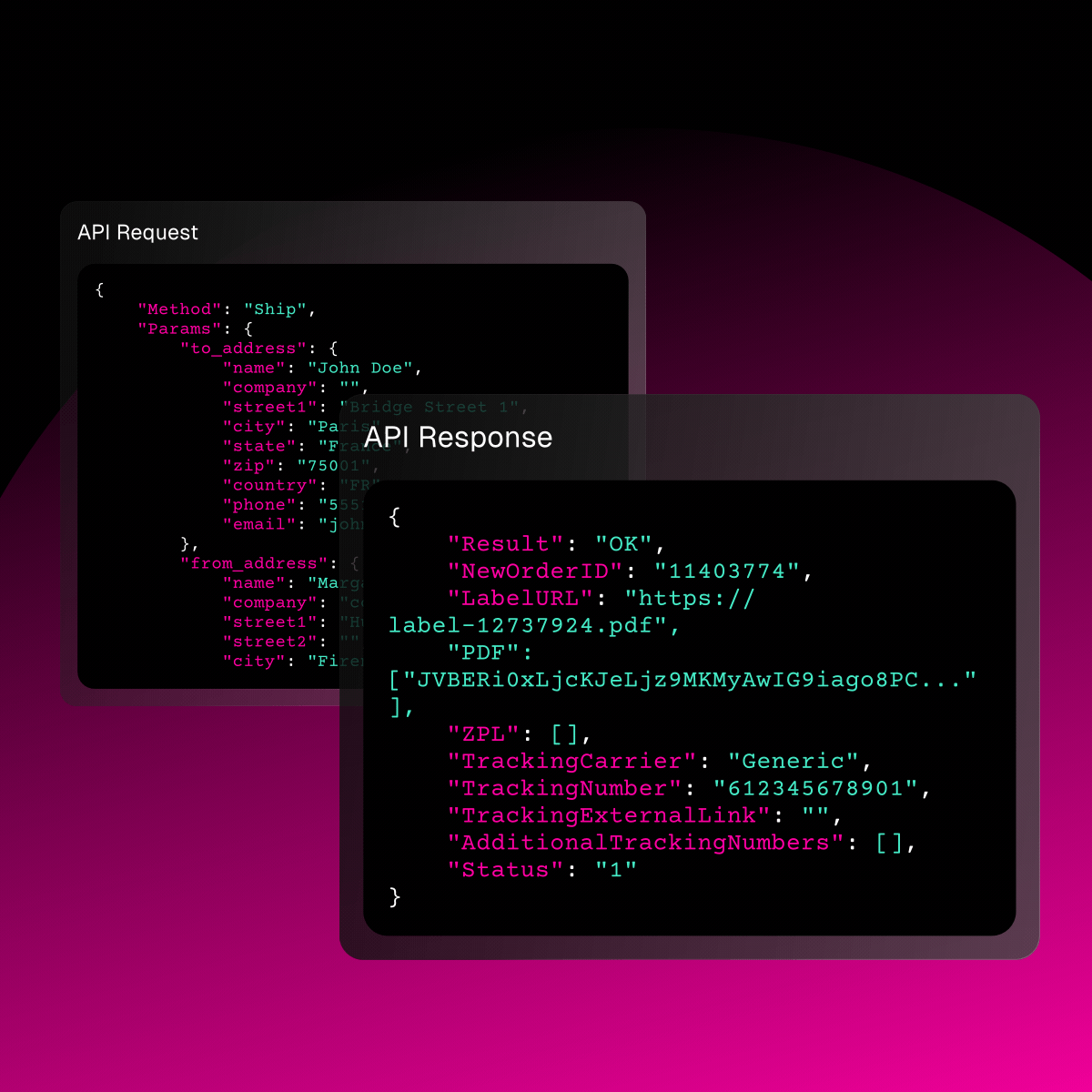
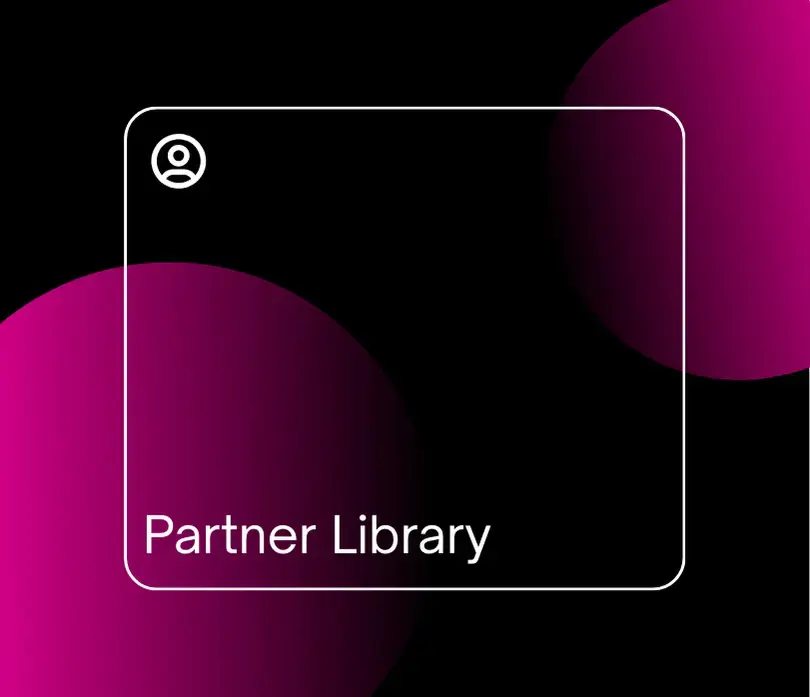
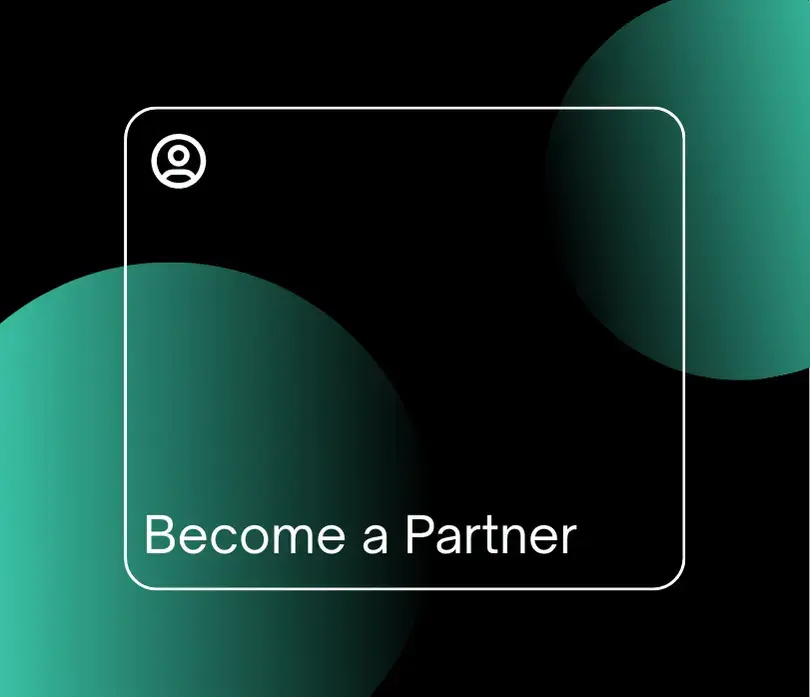
.webp)



.webp)
